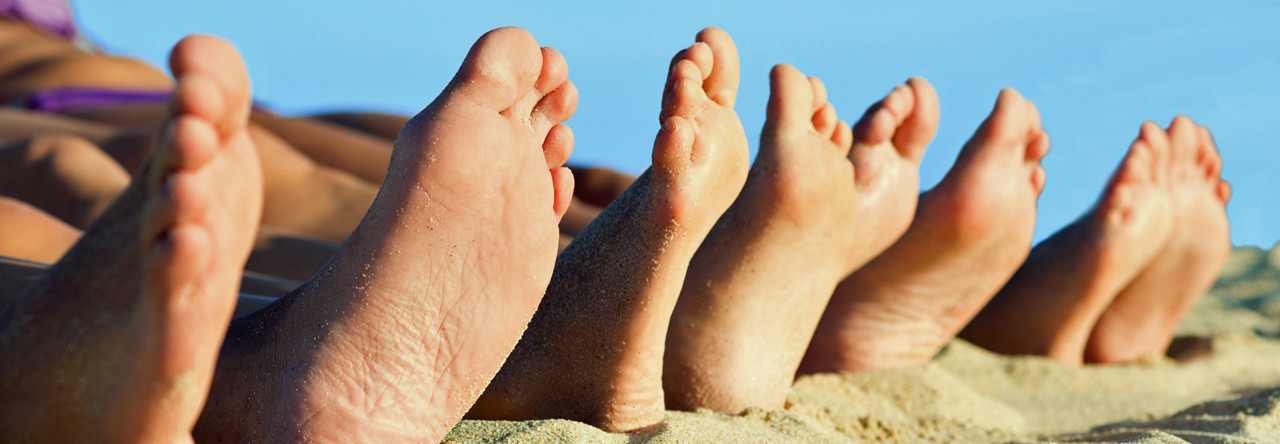A sprain is a twisting injury to the ankle. The stretching or even tearing of the ligaments that hold the ankle and foot bones in place causes pain and injury. Ligaments are an elastic structure that usually stretch to the limit and then go back to their normal position. When the ligament is forced beyond its normal limit, a sprain occurs.
Seeing a doctor is suggested to rule out a break in the ankle or foot. Your doctor will tell you the grade of the sprain and recommend treatment.
The amount of pain depends on the amount of stretching and tearing of the ligament. Walking may be difficult because of the swelling and pain. Usually swelling and pain will last two days to three days.
Most ankle sprains need only a period of protection to heal. The healing process takes about four weeks to six weeks. Even a complete ligament tear can heal without surgical repair if it is immobilized appropriately. Even if an ankle has a chronic tear, it can still be highly functional because overlying tendons help with stability and motion.
Category: Ankle Pain
The foot bone IS connected to the back bone………..
This is the honest truth! Especially when it comes to injuries to the leg. From the foot, all the way up to the top of your head, each bone is connected to another…..thus creating a chain. Injure one part of your body, such as the knee, hip or low back, and it can be caused by an abnormality in another part of the body, especially the foot! It’s the base of the body. It’s where you bear all your weight. Hitting the ground, when walking, with forces that are 1.2 times the body weight……….and when running, it’s 2.5 times. Forget jumping……5 times! The alignment of the foot, with all its many bones, tendons and muscles, influences the alignment and angles of all the bones further up the chain. This can lead to pain or injury anywhere in the body.
